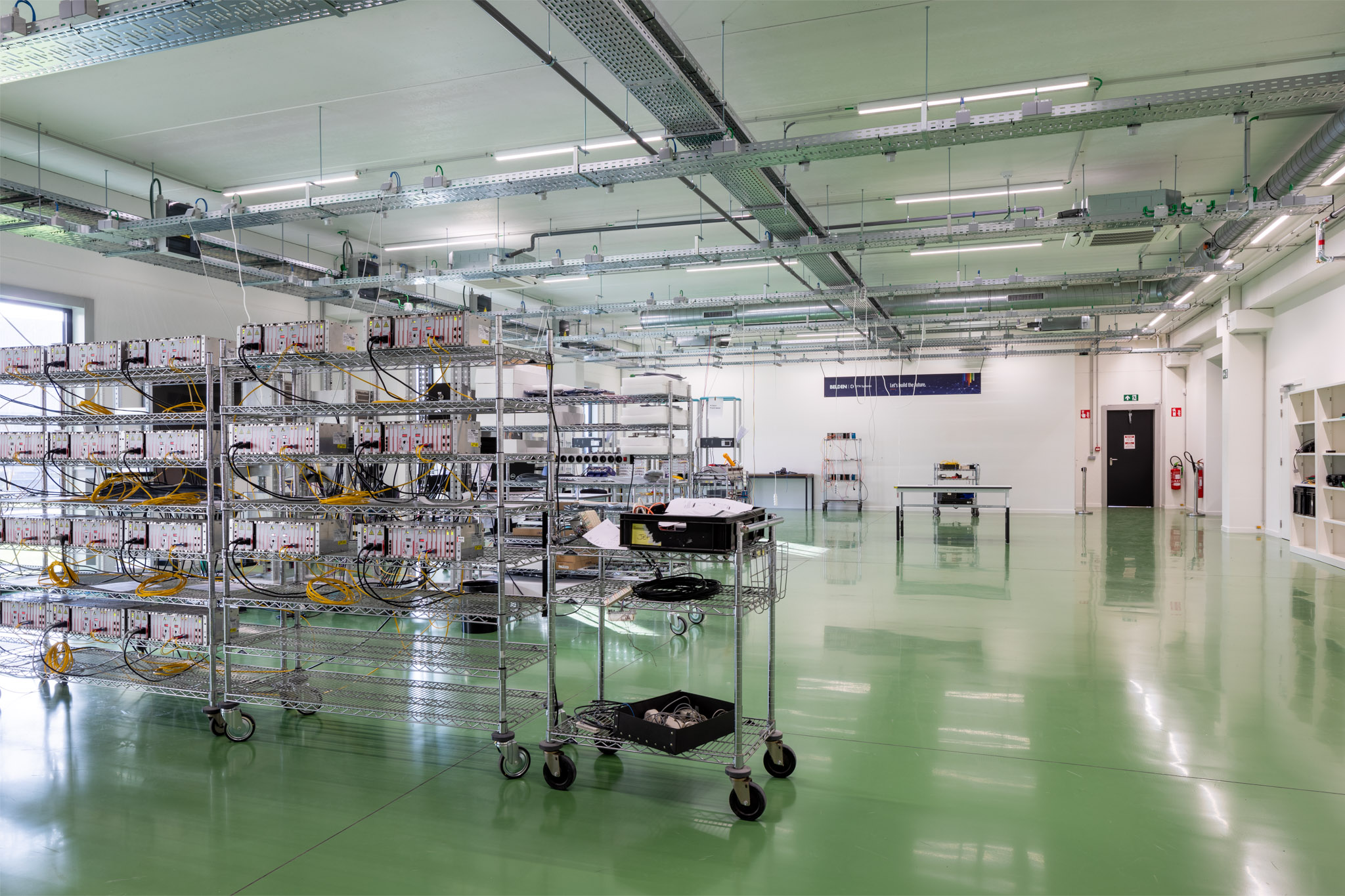Exploratory testing with the Goal Focus Approach method as a customized training course
Great testing happens when, in addition to automated testing, you explore and challenge the product with human ingenuity in a creative/exploratory way. By doing so, you don’t just look at whether the product does what it is supposed to do, but also whether it exhibits unexpected behaviour and whether it is robust. The training course “Exploratory Testing with the Goal Focus Approach Method” shakes up ingrained patterns of thinking about requirement- and risk-based testing. Even among the experienced software developers and testers at digital agency Snakeware who have their home base in Sneek, Friesland.
Polteq test architect Wim ten Tusscher developed the training course “Exploratory testing with the Goal Focus Approach method (GFA). This Polteq method gives a grip on Exploratory testing so that it does not become “I’m just doing something” testing. Polteq taught Snakeware to go on a well-prepared and structured exploration to bring more depth to testing. Precisely structured exploration – even for advanced students – yields great benefits.

Day 1
The first day begins by taking a critical look at some adages that live within our field that cause testing to remain superficial. It quickly becomes apparent that exploratory testing is a must for thorough testing. The following is a test exercise. The plenary review of this brief exercise in exploratory testing makes it very clear that professional exploratory testing is trickier than it first appears. Through this understanding, participants are open to the theory of the Goal Focus Approach method and its tools. The method and tools provide a grip on exploratory testing and increase the quality and depth of exploratory testing.
In the afternoon, it is time to put what you have learned into practice in sprint 1 of the red thread case. The case is built around a Lego Mindstorms model and a fictional company. In three sprints, spread over the three days, the material learned is immediately applied in practice and the result evaluated, which works very effectively. In the test refinement of sprint 1, it quickly becomes apparent that it is still quite difficult to create a thorough plan for exploratory testing.
The Goal Focus Approach method helps participants see that there is considerably more to test than they thought.
Then when the time has come, the plan is ready and the Lego test object has been delivered, testing can begin! Within no time at all, participants transform from passive listeners to enthusiastic researchers completely absorbed in their work. Now comes the difficult phase where you have to keep a grip on the exploratory work while testing. The Polteq trainer checks to see if participants are working from prioritized testing goals or if they have been caught up in the moment. In the latter case, repeating the theory of Goal Focus Approach puts participants back on track.
Day 2
We start with the theory of the testing technique “data combination test” and an exercise. Testing techniques are wonderful tools, even within exploratory testing, for exploring important test objectives in a thorough and substantiated way. After lunch, there is plenty of time for sprint 2 of the Lego case. More and more complex functionality of the Lego model requires a new plan. This means disciplined application of Goal Focus Approach and working out the testing technique to be well prepared for the actual exploration. Clearly, the participants learned from the first sprint. A lot of in-depth questions are coming now.
Day 3
The final day will cover a second testing technique useful within exploratory testing: the “process flow/paths testing technique. With a hands-on exercise, today’s learning will also be practiced directly so that it sticks sufficiently for the final sprint of the Lego case. After lunch, participants are ready to throw themselves into sprint 3. Sprint 3 again adds additional and more complex functionality that demands even more of the participants’ research and analysis skills. The Product Owner – deliberately – has a “bad afternoon” so he gives unclear answers, which forces participants to ask even sharper questions! Work is so fanatical that participants request extra time on Friday afternoons to work through to solve the questions surrounding the operation of the test object. After one last test report from each of the three teams, a report that is now effective and efficient, training concluded around five o’clock.
Retrospective
After three days, Snakeware participants look back on a very successful training. The positive feedback from participants is very nice to hear, that’s what we do it for. Especially the fact that you see that all participants, even very experienced testers, have gained much deeper insights about testing and are able to keep a grip on exploratory testing with the tools provided, is very satisfying!
The following services were used for this case:
“We stand for quality and so we have to keep challenging ourselves and growing. For our test engineers, in consultation with our partner Polteq, we started looking for a customized training program.”
Marco Boonstra, Operations Manager Snakeware
“The training course ‘Exploratory Testing with the Goal Focus Approach Method’ shakes up ingrained patterns of thinking about requirement- and risk-based testing.”
Wim ten Tusscher, Polteq Test architect and trainer



